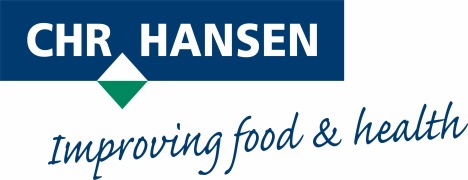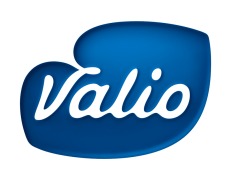Exploring different approaches to lactose-free dairy
17 May 2020Demand for lactose-free dairy is on the rise around the world, and manufacturers have several options available to them to tap into this growing trend.
Lactose intolerance is highly prevalent in Asian and African countries, where up to 95% of the population is affected, compared to fewer than 10% of Northern Europeans. Perhaps counterintuitively, demand for lactose-free dairy products tends to be highest in regions with the lowest prevalence of lactose intolerance, as dairy features more strongly in traditional dietary patterns – and lactose-free foods and drinks increasingly are perceived as beneficial for digestive health. However, as dairy demand rises in other parts of the world, so will demand for lactose-free varieties, presenting a major opportunity for dairy companies, as well as ingredient suppliers.
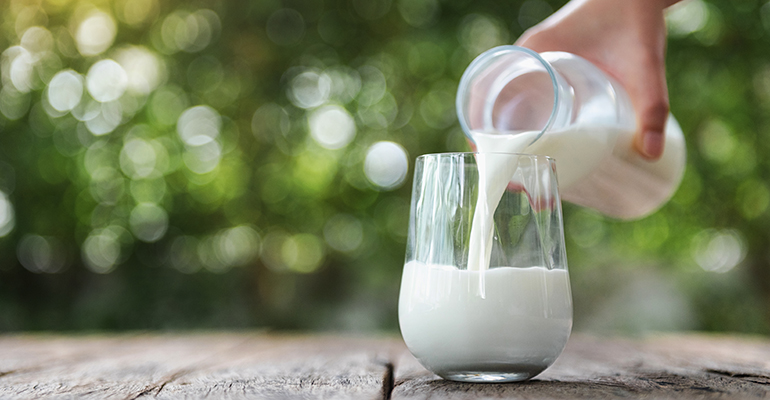
Even during the Covid-19 pandemic – as demand for standard dairy products has dropped and many producers have been left with surplus milk – global demand for lactose-free dairy has risen. In 2019, manufacturers of lactose-free milk and suppliers of lactase, the enzyme used to produce it, rose to record levels.
Using lactase remains the most common way to remove lactose from dairy products, and several major suppliers, including DSM, Novozymes and Chr Hansen, provide enzymes so manufacturers can create lactose-free dairy products and ingredients. Most recently, DuPont introduced a lactase enzyme optimised for faster processing times under different thermal conditions in both EMEA and North America.
However, other approaches are available, each with its own benefits and drawbacks for various product categories. Some companies supply lactose-free ingredients directly. The Finnish dairy giant Valio, for example, has a line of lactose-free milk powders for use in dairy foods and drinks, as well as in confectionery, baked goods and ready meals.
The enzymatic approach is simple, effective and cheap, and works by splitting the milk sugar into its constituent sugars, galactose and glucose. These individual sugars are sweeter than lactose, meaning that lactase has found a new lease of life in reduced sugar flavoured dairy products, as manufacturers can use it to reduce how much sugar they add.
But sweeter flavour is not always desirable, and GEA is among those suppliers offering alternative approaches. One option is to remove some of the lactose from the milk before adding the lactase, resulting in a sweetness profile closer to that of ordinary milk. The milk is skimmed and pasteurised before undergoing a filtration process to remove part of the lactose. Another approach is to use a filtration and separation process to split the milk into water, fat, protein, lactose, vitamins and minerals, before recombining it in the required proportions, leaving out the lactose.
Apart from lactose intolerance, demand for free-from foods and drinks is on the rise in general, including for their perceived digestive health benefits. Valio has suggested manufacturers could market lactose-free products as ‘easy on the stomach’, for example, to capitalise on this perception. However they are marketed, sales of lactose-free dairy have outpaced dairy sales in general in Western Europe, where they have grown an average of 6% a year from 2013 to 2017, according to Euromonitor International, while standard dairy sales remained flat.
Related news
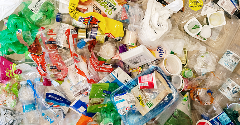
Plastic packaging reduction requires industry rethink
6 Jan 2023
The food and beverage sector is calling for industry-wide collaboration and business model updates to reduce the environmental impact of plastic packaging.
Read more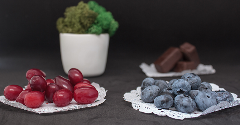
Misleading nutrition claims mask true sugar levels in baby food
5 Jan 2023
Some baby and toddler food and drink products, sweetened with fruit concentrate, contain up to four teaspoons of sugar per serving yet are marketed as having ‘no added sugar’, according to a survey by Action on Sugar.
Read more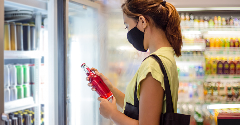
Asian beverage brands deal with rising costs
4 Jan 2023
Decreasing bottle sizes or increasing prices? Asian beverage brands are finding “creative approaches” to manage rising costs, according to industry analysts.
Read more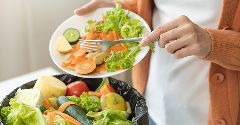
Preserving the freshness of food to fight waste
3 Jan 2023
Several companies are producing products that absorb ethylene, the hormone that causes food to ripen, in attempt to reduce food waste.
Read more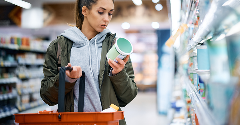
Value-seeking US consumers cut back on food spending
2 Jan 2023
Cheaper items, smaller sizes, and shorter grocery lists: inflationary effects coupled with a global long-term recession are set to continue shaping food spending habits, according to a recent Rabobank report.
Read more
Opportunities grow for lower-caffeine coffee
23 Dec 2022
Many consumers want the mental focus of caffeine without the jitters, prompting a wave of product development such as “half caffeine” ground coffee or ready-to-drink (RTD) cold brew blended with relaxing botanicals.
Read more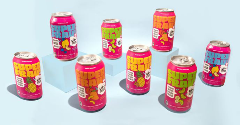
Superfrau upcycles liquid whey for energy drinks
22 Dec 2022
US company Superfrau turns surplus whey into sustainable, upcycled-certified dairy products for the recovery drinks market.
Read more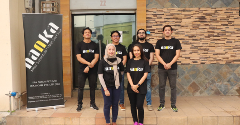
Malaysian brand Nanka brings jackfruit range to Europe
21 Dec 2022
Malaysian brand Nanka is expanding to new Asian and European markets with its fast and ready-to-eat plant-based products based on jackfruit.
Read more
Is the UK on target to meet its 2025 Plastics Pact?
20 Dec 2022
Major food industry players, including Arla, Kerry, PepsiCo and TerraCycle, have signed the UK’s voluntary Plastic Pact to reduce plastic from the supply chain – but are they on track to meet their targets?
Read more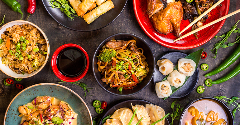
Chinese food brand wants to give customers ‘the full experience’
16 Dec 2022
Food brand Xiao Chi Jie is revamping Chinese cuisine for the modern American consumer. The Washington-based company sells regional Chinese specialties like soup dumplings, noodle kits, and barbeque skewers direct-to-consumer in the US.
Read more